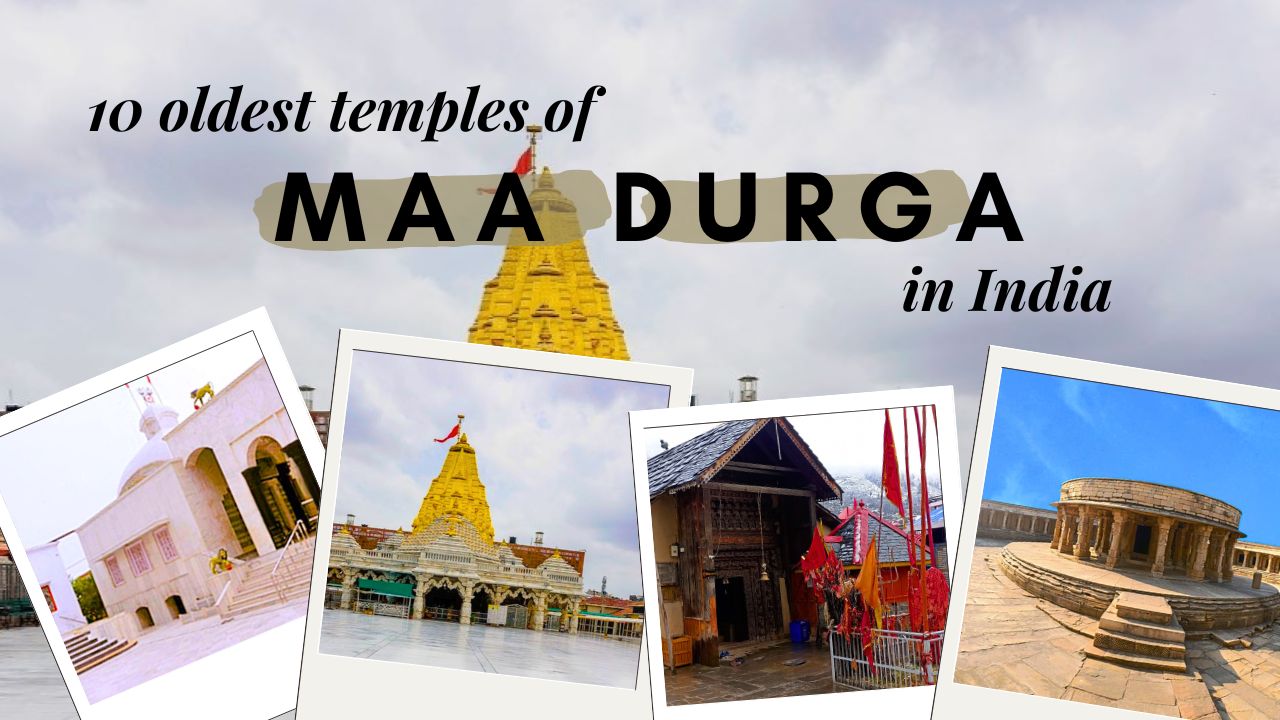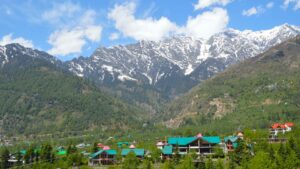India, a country steeped in spirituality and history, is home to some of the oldest temples dedicated to Maa Durga, the embodiment of feminine power and the goddess of strength. These ancient shrines not only reflect religious devotion but also display India’s rich architectural legacy. Among these is the Lakshana Devi Temple in Bharmour, a post-Gupta era temple dating back to the 7th century. In this article, we explore the ten oldest temples dedicated to Maa Durga across the country.
1. Lakshana Devi Temple, Bharmour (Himachal Pradesh) – 7th Century
The Lakshana Devi Temple in Bharmour, Himachal Pradesh, is one of the oldest surviving wooden temples in India, dating back to the second half of the 7th century. Built during the post-Gupta era, it is dedicated to Maa Durga in her fierce Mahishasura-mardini form, the slayer of the buffalo demon. Commissioned by King Meru Varman, the temple is celebrated for its intricate wood carvings and stone architecture. The statue of Durga in the temple, wielding weapons and riding a lion, embodies her victorious energy. This historical temple is a fine example of early Himalayan architecture and continues to attract pilgrims from all over.
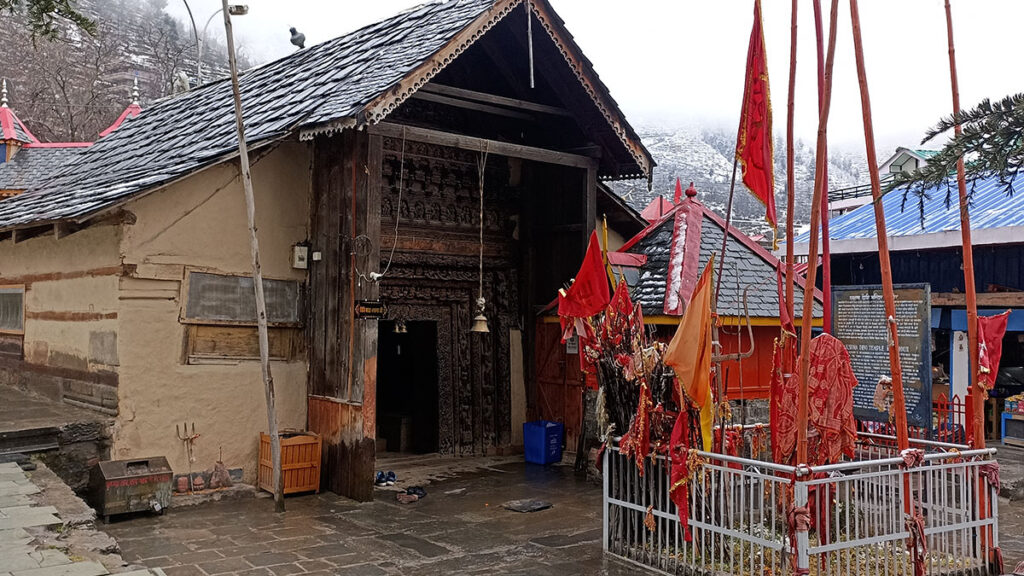
2. Amba Mata Temple, Ambaji (Gujarat) – 8th Century
The Amba Mata Temple, located in the town of Ambaji in Gujarat, is one of the most revered Shakti Peethas, where it is believed that the heart of Goddess Sati fell. Built around the 8th century, the temple is dedicated to Maa Amba, a manifestation of Durga. While the structure has seen several renovations over the centuries, it has preserved its deep connection to Shakti worship. Pilgrims visit this temple in large numbers, especially during the Navaratri festival, to seek blessings from the goddess.
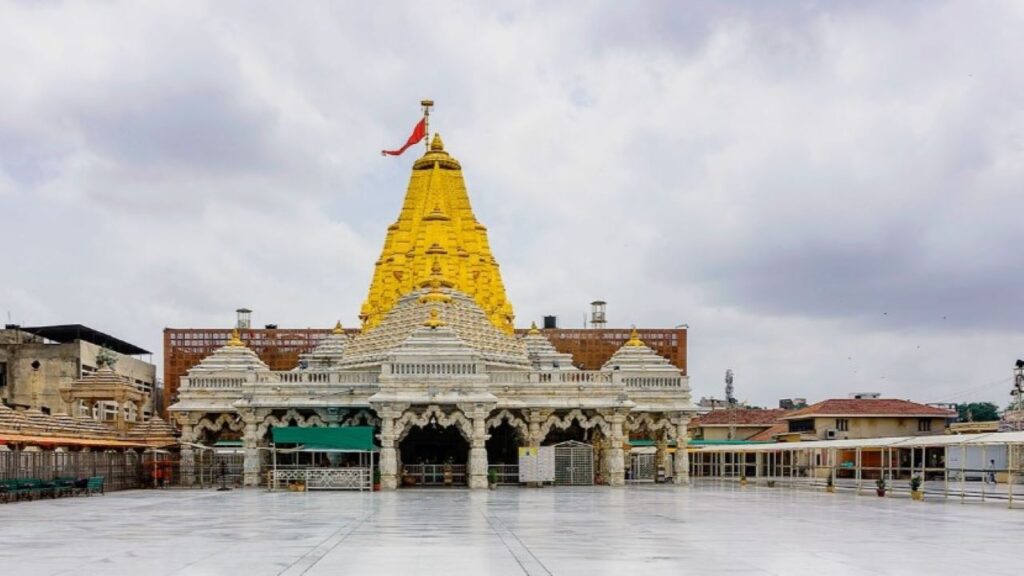
3. Katyayani Temple, Vrindavan (Uttar Pradesh) – 8th Century
The Katyayani Temple in Vrindavan is an ancient shrine dedicated to Maa Katyayani, one of the nine forms of Durga. Dating back to the 8th century, this temple holds significant spiritual value in Vrindavan’s local mythology. According to legend, the gopis (cowherd girls) worshipped Maa Katyayani to bless them with Lord Krishna as their husband. The temple is a popular destination for pilgrims, especially during Navaratri, when devotees come to worship the powerful goddess and celebrate her divine energy.
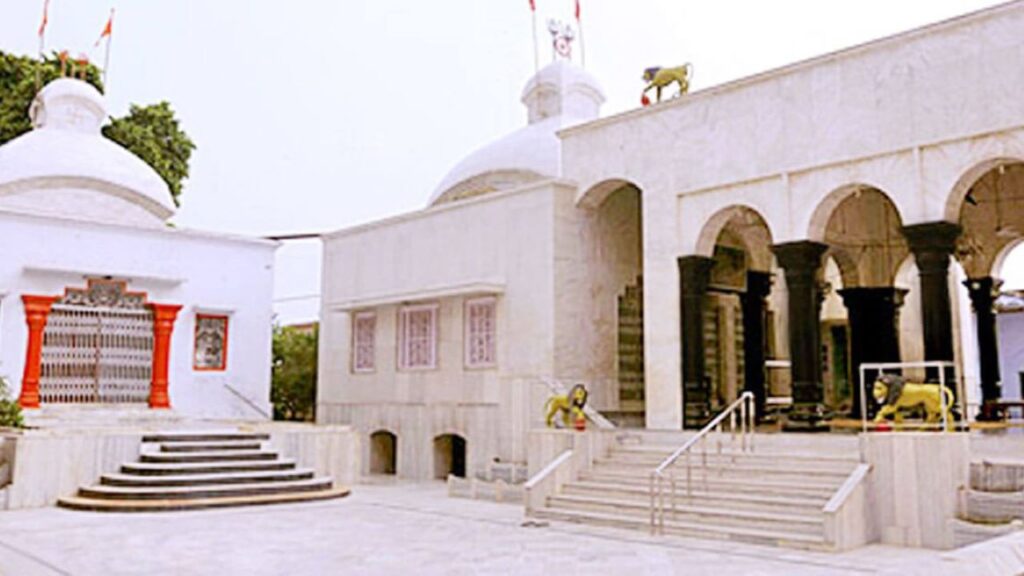
4. Chausath Yogini Temple, Morena (Madhya Pradesh) – 9th Century
The Chausath Yogini Temple in Morena, Madhya Pradesh, dates back to the 9th century and is a unique example of ancient Tantra worship. The temple is dedicated to 64 yoginis, manifestations of the goddess, alongside Maa Durga in her various forms. Constructed by the Kachchhapaghata dynasty, this circular temple is set on a hilltop and offers a stunning view of the surrounding landscape. Its mystic aura and ancient architecture draw both devotees and historians alike.
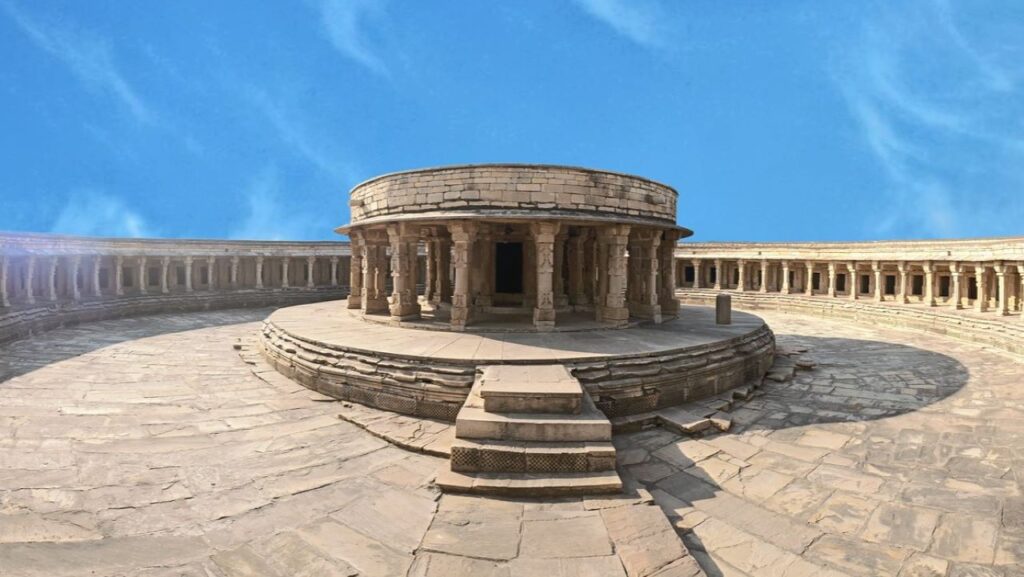
5. Chamundeshwari Temple, Mysore (Karnataka) – 12th Century
Situated atop the Chamundi Hills, the Chamundeshwari Temple in Mysore is one of southern India’s most significant Durga temples. Dedicated to Goddess Chamundi, a fierce form of Durga, this temple is believed to have originated in the 12th century during the reign of the Hoysala kings. Chamundeshwari is revered as the slayer of Mahishasura, and the temple has long been associated with the Mysore royal family. Pilgrims climb the 1,000 steps to reach the temple, seeking blessings from the goddess who protects the region.
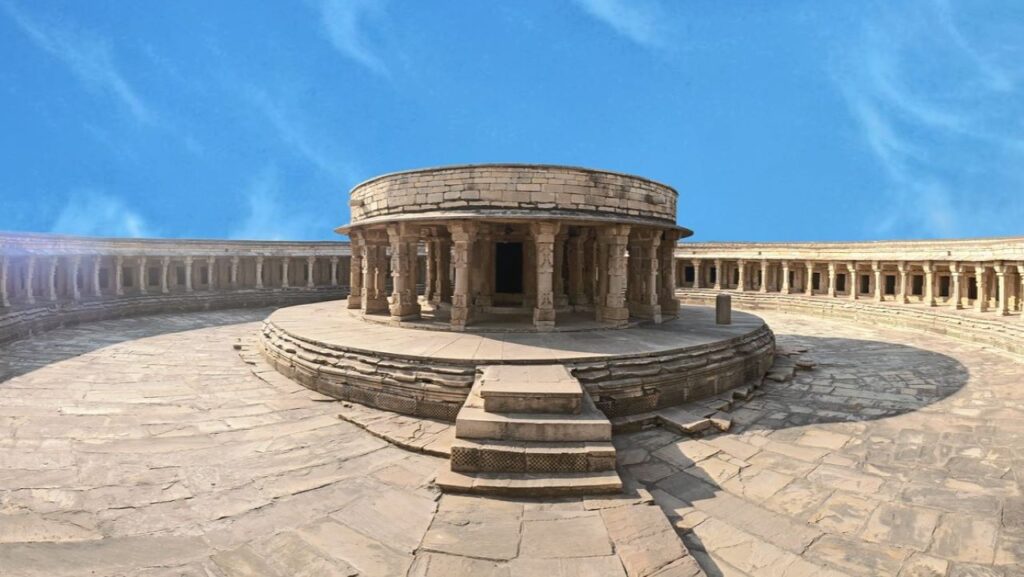
6. Kamakhya Temple, Guwahati (Assam) – 10th Century
The Kamakhya Temple in Guwahati, Assam, is one of India’s most significant Shakti Peethas. Believed to be built around the 10th century, it is dedicated to Kamakhya, a tantric form of Maa Durga. The temple symbolizes the feminine power of creation and fertility, with rituals that are distinct from those seen in other Durga temples. The temple is especially revered for its association with the menstruation cycle of the goddess, celebrated during the annual Ambubachi Mela. Thousands of pilgrims gather during this festival to worship the goddess in her most powerful form.
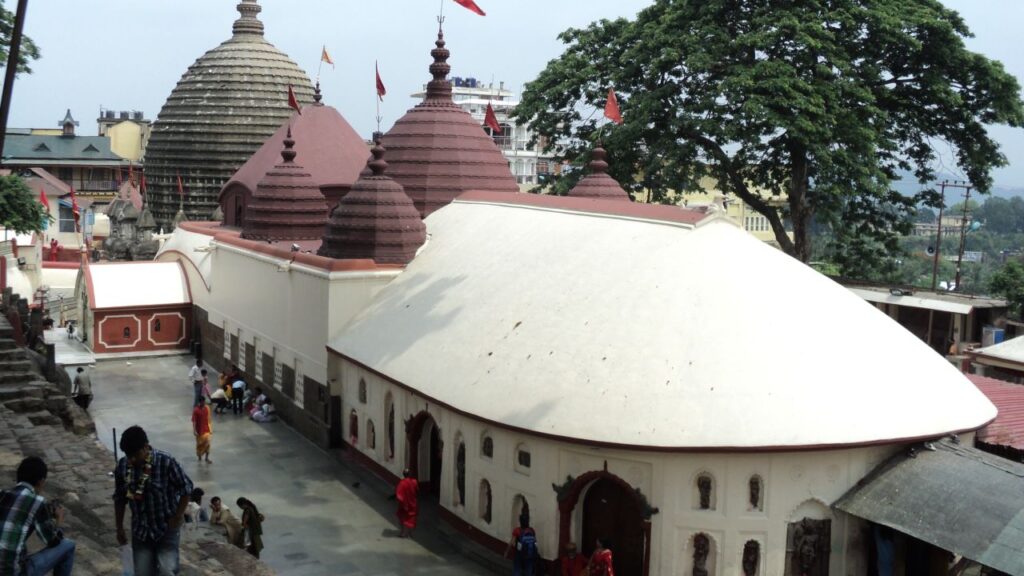
7. Vishalakshi Temple, Varanasi (Uttar Pradesh) – 11th Century
Located near the famous Kashi Vishwanath Temple in Varanasi, the Vishalakshi Temple is another important Shakti Peetha. It is believed to have been built in the 11th century, marking the spot where the earrings of Goddess Sati fell. The temple is dedicated to Vishalakshi, a manifestation of Durga, and is a significant pilgrimage site for devotees seeking blessings for prosperity and peace. Varanasi, being one of the holiest cities in Hinduism, adds to the spiritual gravity of this temple.
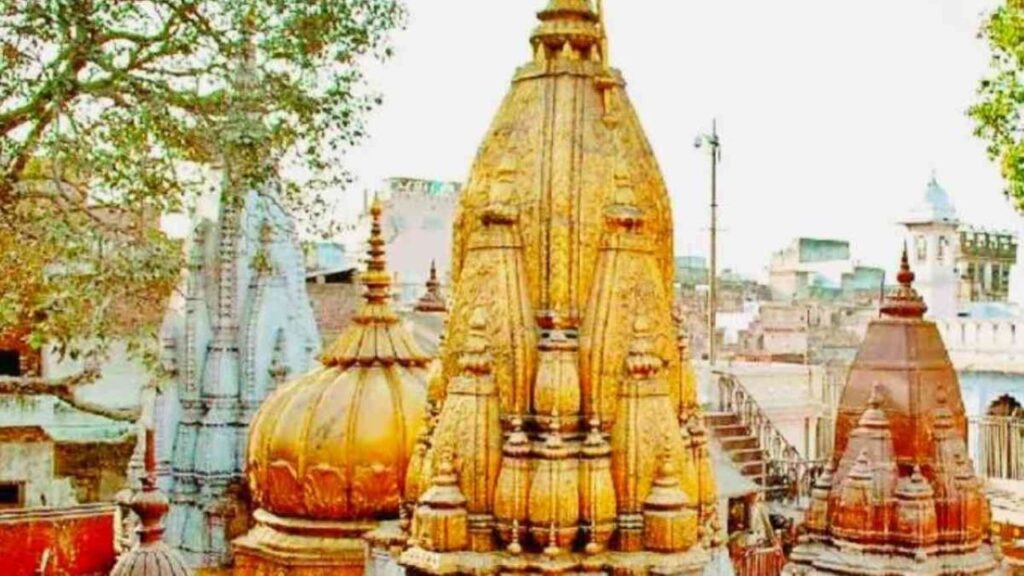
8. Shri Mookambika Devi Temple, Kollur (Karnataka) – 9th Century
The Shri Mookambika Devi Temple in Kollur, Karnataka, is an ancient shrine dating back to the 9th century. It is believed that the temple was established by Adi Shankaracharya after receiving a divine vision of the goddess. Mookambika is considered a powerful form of Durga, who embodies both knowledge and strength. Set in the scenic Western Ghats, this temple is a favored pilgrimage site for devotees from southern India and beyond.
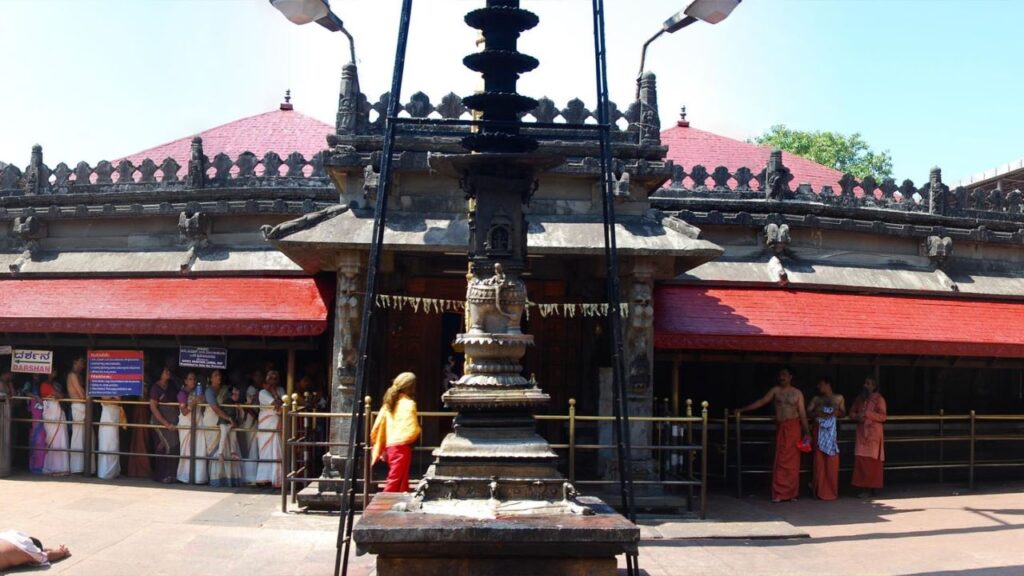
9. Mangaladevi Temple, Mangalore (Karnataka) – 9th Century
The Mangaladevi Temple, located in the coastal city of Mangalore, was built in the 9th century by the Ahepa dynasty. Dedicated to Maa Mangaladevi, a form of Durga, the temple is intimately linked to the city’s name. According to legend, the city was named after the goddess Mangaladevi. Devotees visit the temple in large numbers, especially during the Navaratri festival, to offer prayers to the goddess for prosperity and protection.
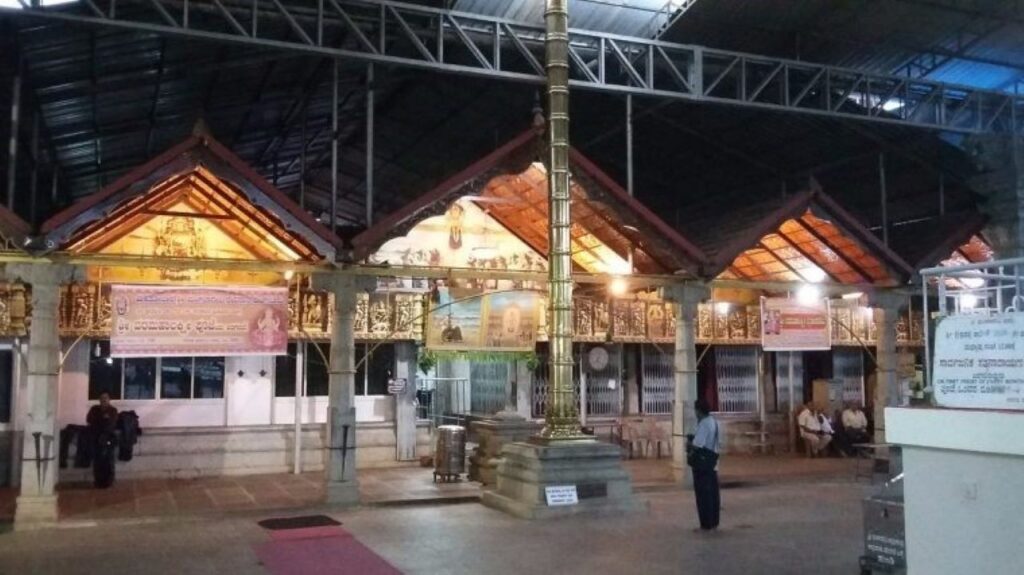
10. Kalighat Temple, Kolkata (West Bengal) – 12th Century
The Kalighat Temple in Kolkata is one of the most famous temples dedicated to Maa Kali, an aspect of Durga. While the current structure dates back to the 12th century, the site has been a place of worship since much earlier. It is believed that the toes of Goddess Sati fell here, making it one of the 51 Shakti Peethas. The temple is a significant spiritual hub in eastern India, and thousands of devotees visit daily to seek the blessings of the fierce goddess.
A Journey Through India’s Spiritual Legacy
These ten temples are not just places of worship but also monuments that bear testimony to India’s spiritual heritage. Each temple reflects a unique connection with Maa Durga, celebrating her divine energy in various forms. From the wooden splendor of the Lakshana Devi Temple in Bharmour to the sacred sanctity of Kamakhya in Assam, these temples continue to inspire devotion and reverence among millions of devotees.

